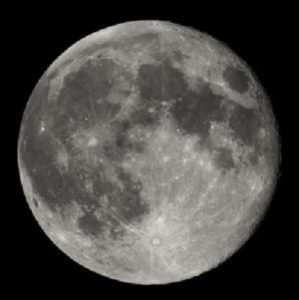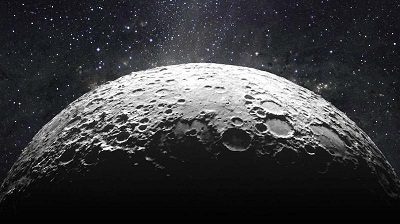
China wants to send its astronauts on the moon in the next two decades, and is currently testing a simulated space cabin dubbed Yuegong-1 to allow for longer lunar stays. According to the official Xinhua news agency, eight Chinese volunteers will live in this cabin to test its abilities to support life sustainability on moon.
The cabin will help scientists understand what is actually needed for humans to remain on the moon in the medium and long terms.
The eight volunteers include civilians and elite postgraduate students from Beihang University. They have been divided into two groups of four each. The experiment has got the code name “Yuegong-365”. The first group of two men and two women entered the cabin on Wednesday and will stay within it for 60 days. The second group will then replace this group and stay there for next 200 days. The first group will then return to stay for remaining 105 days.
“While it remains unclear exactly how long China’s first lunar explorers will spend on the surface, the country is already planning for longer stays,” Xinhua said.
The first test of Bioregenerative Life Support System (BLSS) was carried out in 2014. This time, scientists want to see how this system will work in moon-like conditions while supporting co-existence of animals, microorganisms, and plants. BLSS has been designed in such a way to allow recycling of water and food and create an earth-like environment.
“The latest test is vital to the future of China’s moon and Mars missions and must be relied upon to guarantee the safety and health of our astronauts,” Liu Zhiheng of the Chinese Academy of Sciences said.

President Xi Jinping has called for the Chinese people and the scientists to make China a global power in space exploration. The Asian giant is working on its plans to send a mission to the dark side of the moon by 2018 and put astronauts there by 2036.
Last month, China launched its first cargo spacecraft Tianzhou-1 that can carry six tonnes of supplies to China’s future space station. The cargo spacecraft module was assembled at the Wenchang Satellite Launch Centre in Hainan and was also tested there.
Tianzhou-1 was launched through Long March-7 Y2 carrier rocket from Wenchang Satellite Launch Center in south China’s island province of Hainan.
The take-off weight of Tianzhou-1 is about 13 tonnes. It was docked at the Tiangong-2 space lab, located 393 km above the Earth’s surface.
China has also revealed its plan to launch a lunar space probe, Chang’e-5, before the end of the year. The mission aims to bring back samples from the moon.
Currently, scientists are carrying out final tests on Chang’e-5 lunar probe. It is expected that the probe will be on standby for launch from August. A heavy-lift Long March 5 rocket will be used for the launch from Wenchang Space Launch Centre in Hainan Province.
Chang’e-5 would be the first lunar sample return mission since the Soviet Union’s Luna 24 in 1976.

